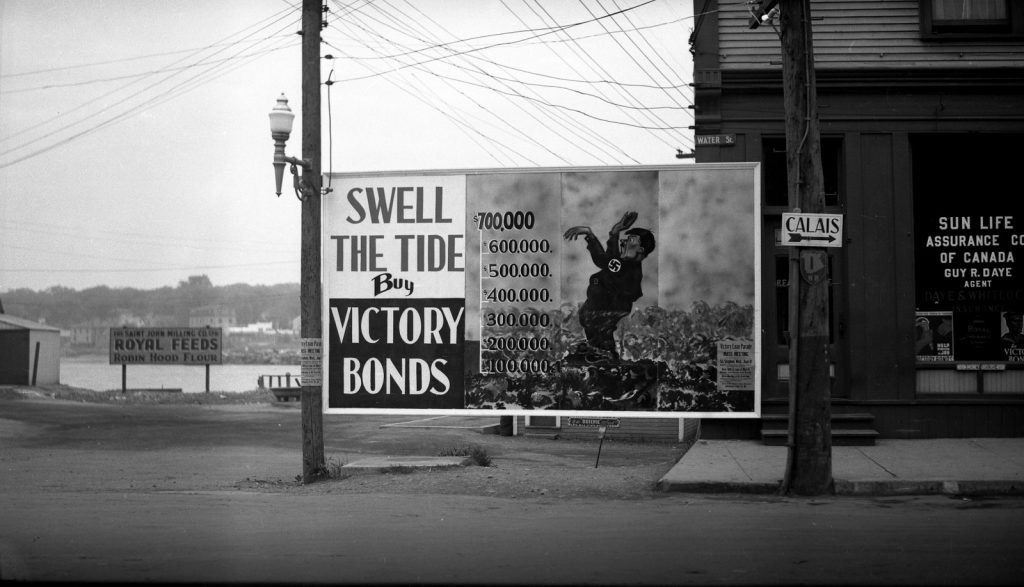
When Canada declared war on Germany in September of 1939, it would be over two years before the United States joined the Allies in the conflict. Even then the U.S. declaration of war against Germany only became inevitable because of Hitler’s ill advised declaration of war against the U.S. after the Japanese attack on Pearl Harbor in December of 1941.
Roosevelt had long wanted to join the conflict against Germany but had been frustrated by strong isolationist sentiment. A majority of Americans had been against direct involvement in this “European War” from the outset, although there were some American communities ready to fight Hitler from the start, none more so than on the U.S. side of the St. Croix Valley.
From Danforth to Eastport Americans had very close ties with our Canadian neighbors and most locals agreed with the sentiments conveyed by the billboard above – Hitler was a monster who needed to be stopped at any cost. Not a few Calais boys enlisted in the Canadian Army and several of the more adventurous enlisted to become pilots in the Royal Canadian Air Force, this at a time when the casualty rate for pilots defending England against Goering’s Luftwaffe was astronomical.
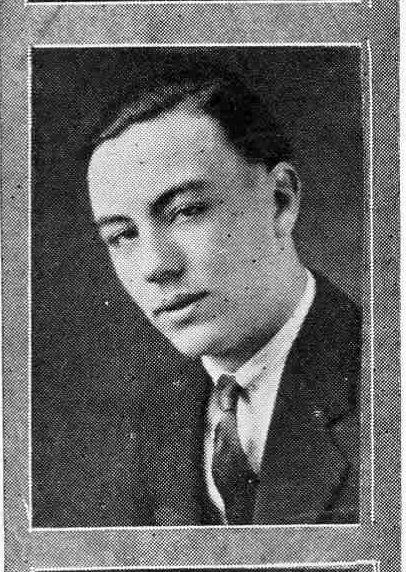
One of the first Calais boys to join the Royal Canadian Air Force and fly with the British Royal Air Force was John Durrell McFarlane, shown above in his 1935 graduation photo. We don’t know a great deal about the family although we know his mother Mary McFarlane lived on North Street in Calais. The 1935 Calais directory lists an Austin and George D. McFarlane living at 83 North Street and we believe the “D” stands for Durrell which, not being a common name, indicates John Durrell McFarlane was one of the family. We leave it to the more astute and patient genealogists to sort out the complete family history.
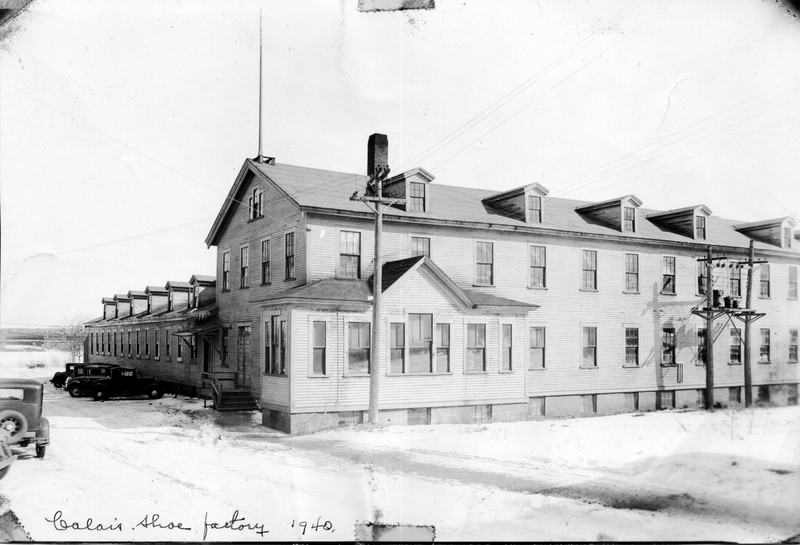
Perhaps John was at least partially motivated to enlist by his roots on the Canadian side, as we find a George Durrell McFarlane was born in Bayside New Brunswick February 7, 1888, likely the same George D. McFarlane listed in the 1935 Calais Directory.
On the other hand he simply may have wanted a change of scenery as we also find John Durrell McFarlane listed in the 1937 Calais Yearbook as a 1935 alumni employed at the Daly Brothers Shoe Factory on lower Barker Street, now the Calais Fitness Center. Shoe factory work was pretty much a dead end by the late 1930s, wages were low, working conditions terrible and shutdowns common. The factory closed for good in 1940. John may have decided he had nothing to lose by enlisting but his life and, as the illusion of immortality is strong at his age, he almost certainly assumed the other guy was going down in flames, not he. John was soon to be disabused of this notion.
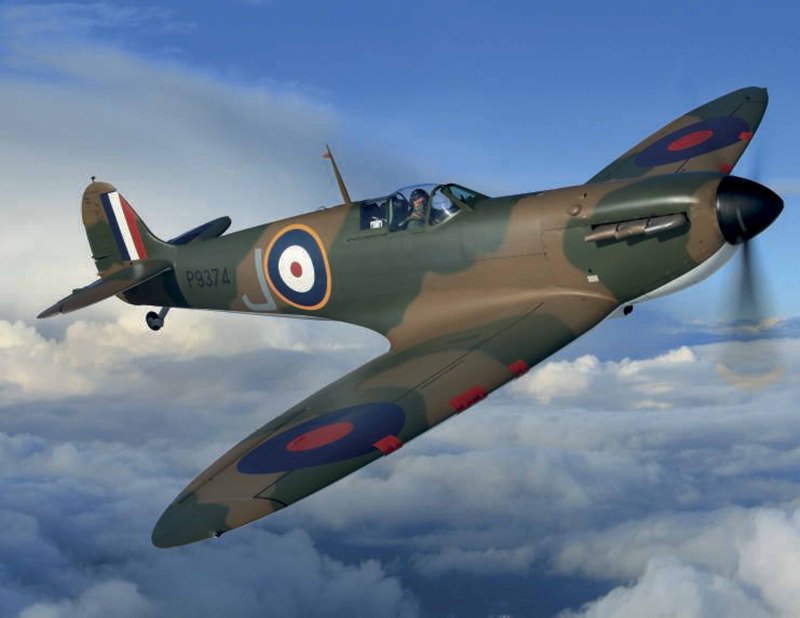
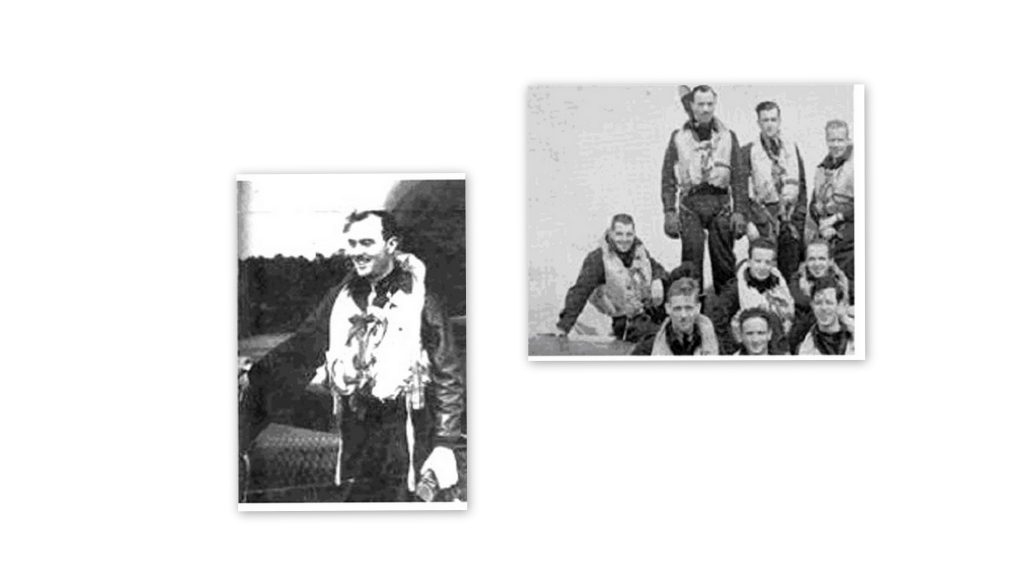
John began his aerial combat in English Spitfires
over France and the Channel in 1941. His first contact with the enemy
was reported in the Ottawa Citizen on December 5, 1941-two days before
Pearl Harbor:
Trained in Ottawa.
Sgt. Pilot J. D. McFarlane. Calais. Maine, who trained at Prince Albert, Regina and Ottawa, described his part in the squadron’s initial scrap: “I felt a sudden explosion under me and I felt a hit on my leg. My cockpit filled with grey smoke. I wasn’t certain whether I was being attacked by enemy aircraft or flak. Looking at my wings I saw a number of small holes in them and the port wing was covered with oil. I headed for the English coast and about two minutes later my engine stopped. I was up about 23,000 feet when the fun started so I glided down.”
“A Rhodesian squadron leader covered me all the way back. At about half a mile from the coast I slowed down and bailed out. I landed between Dover and Folkestone about 200 yards inland. My leg wound was only slight and I was flying two days later.” The new Spitfires are popular with the Canadian fighter pilots. “There’s nothing like them,” said Pilot Officer J. R. Coleman. Waterloo St. Saint John, one of the newest members of the unit.
John became rather an expert at “bailing out” before the war ended.
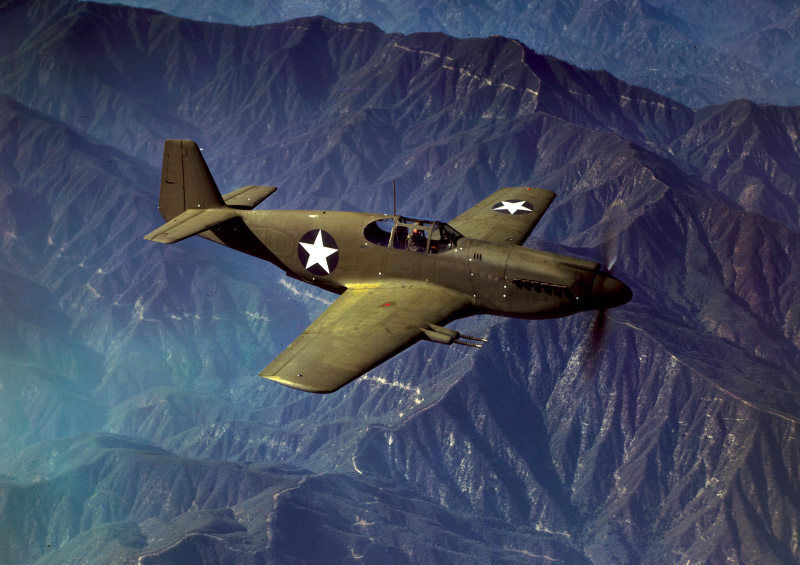
John later flew the U.S. Mustang after the United States joined the conflict and his unit and most of the American pilots had been transferred to the American Air Force (AAF). While with the Canadians he had gained rapidly in rank and prestige, serving three years and nine months in the Royal Canadian Air force and serving as squadron operations officer for the 4th Fighter Group, one of the oldest fighter organizations based in England during the war.
We did mention something about an English bride earlier so perhaps it’s time for the “rest of the story”. Sergeant/Captain/Major McFarlane was, it seems, one of those Americans the wartime Brits bitterly referred to as “overpaid, overfed, oversexed and over here”. After the war McFarlane was stationed down south and the Brownsville Texas Herald of September 12, 1945, while misspelling his last name, reports on his status:
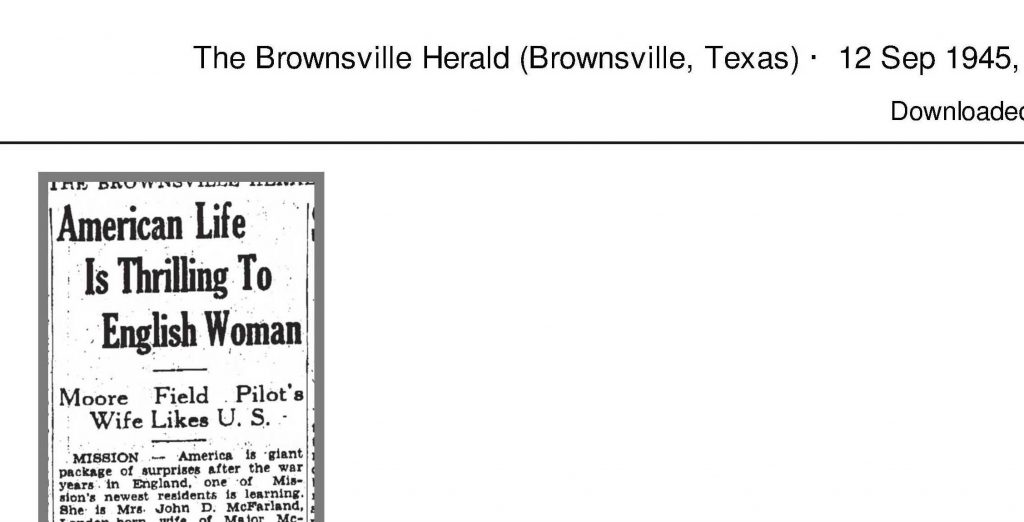
American Life Is Thrilling To English Woman
Roy Moore Field Pilot’s Wife Likes U. S.
MISSION — America is a giant package of surprises after the war years in England as one of Mission’s newest residents is learning. She is Mrs. John D. McFarland, London-born wife of Major McFarland, AAF pilot recently transferred to Moore Field after four years of steady combat duty. After three months in the states, Mrs. McFarland is still thrilled to see quantities of shoes, clothing, cosmetics, and costume jewelry after the shortages of those articles experienced in London since 1939. American clothing has more color and more style, Mrs. McFarland says with further enthusiasm. And despite the present trend of high prices on the American home front, Mrs. McFarland thinks the prices over here are very reasonable as compared with the articles not affected by price controls in England.
Thrilled by U.S.
There, she explained, clothing is divided into two types. The utility garments, manufactured chiefly for the working classes, are under government price control while the non-utility types have no ceiling. A linen, sport dress, for instance, cost 15 pounds which adds up to somewhere near $70. at the exchange rate.
Aside from the contrast in life on the home front Mrs. McFarland has observed, she has thrilled over the vastness of her new homeland, the hospitality of its people, and their “wide awake” spirit. Since her arrival in the states last May, one week after her husband was returned home on a troop ship, Mrs. McFarland has traveled extensively on the east coast and found that crossing state lines presented new vistas in life comparable to traveling from one country to another in Europe.
They Met In England
Major McFarland’s hometown is Calais. Maine and the couple spent several weeks there with relatives. Their marriage in April 1944 had been the climax of two and one- half years of courtship, most of which time Mrs. McFarland was trying to make up her mind if she could live an ocean away her family. They met soon after he was sent to England early in 1941 as a pilot and squadron leader with the Royal Canadian Air Force, and she was doing volunteer service at a London canteen. Later, Major McFarland transferred to the U.S. Army Air Force after this country’s entry into the war. His flying missions interspersed three times by his having to bail out, the last time in March over Denmark. There, he fell into the hands of the Danish Underground forces and was missing for three weeks. He wears the Distinguished Flying Cross, the Air Medal with cluster, ETO ribbon with five campaign stars, the Purple Heart, the RCAF wings, and the Canadian Volunteer Medal with star.
If he visited Calais again after he and his new wife spent time with the family here in 1945 we cannot say. John McFarlane continued to live in the South until his death in Las Vegas in 1974. He was 56 years old and survived by a wife Dolores and two sons, both of Reno Nevada. Also surviving him were two brothers and a sister in New Hampshire and a number of step daughters and step sons.
